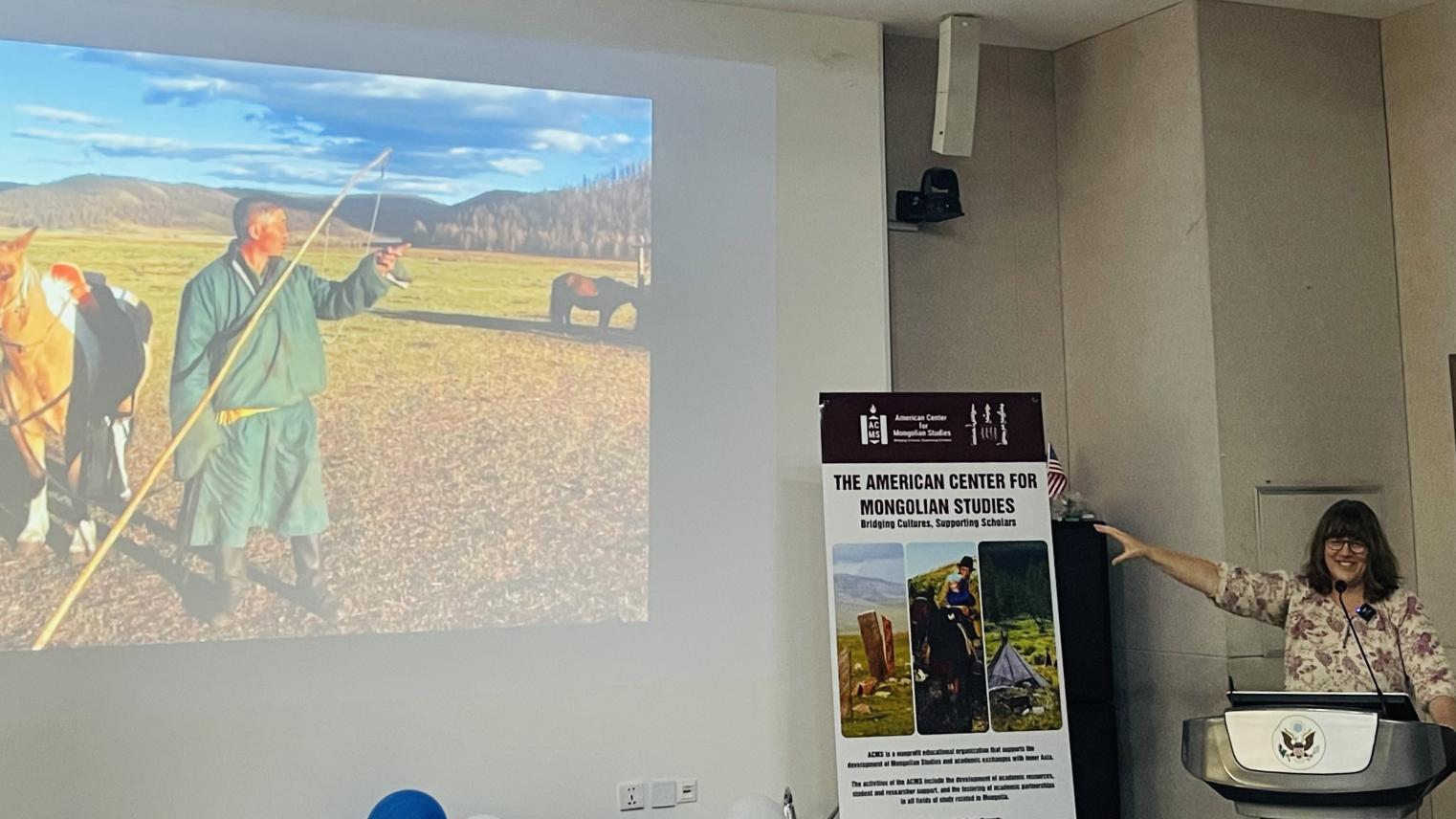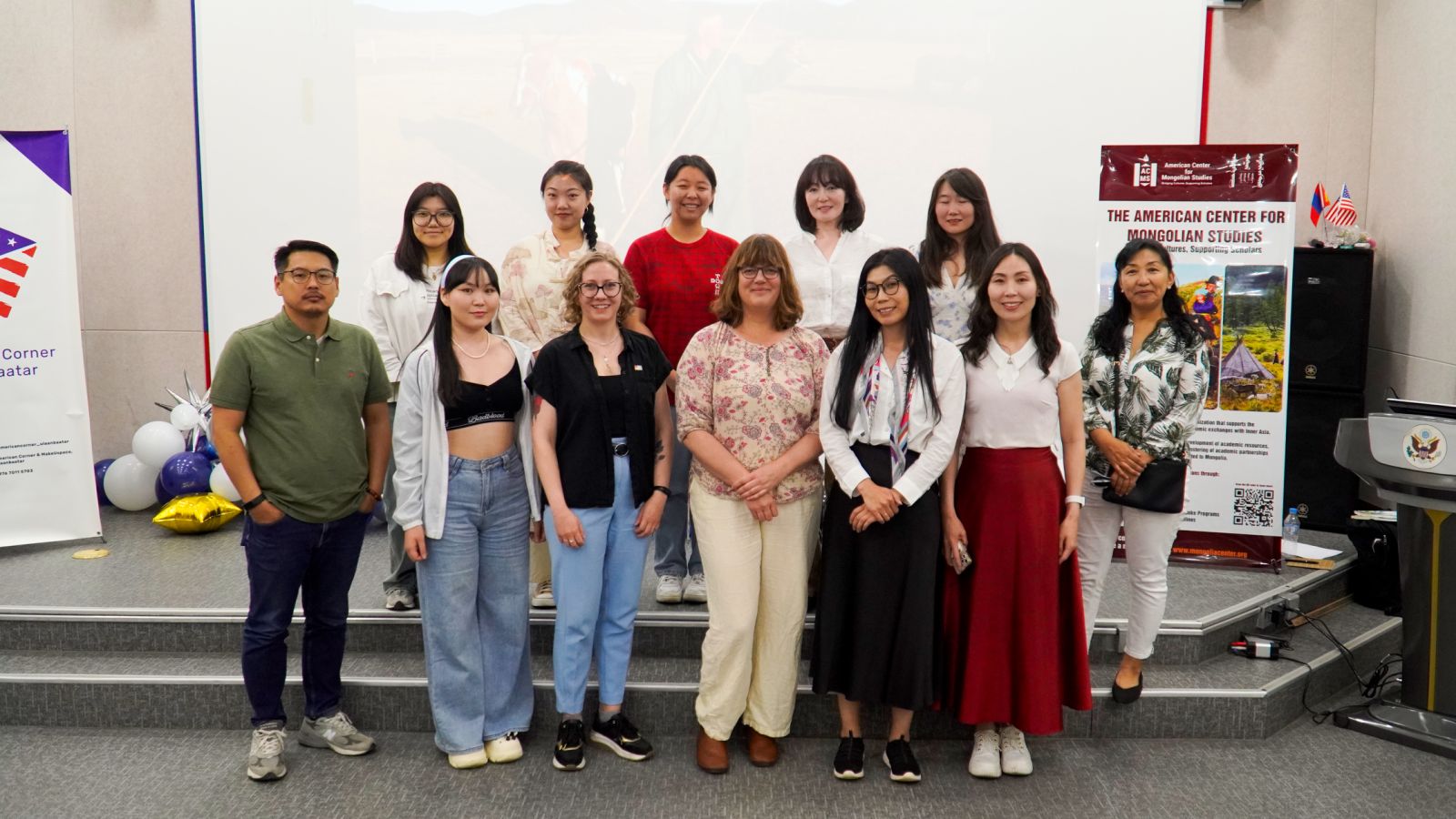Bloodletting: An Ancient Nomadic Practice for Contemporary Diseases

In a recent lecture hosted by the American Center for Mongolian Studies (ACMS), Assoc. Prof. Natasha Fijn, Director of the Mongolia Institute at the Australian National University (ANU), shed light on the enduring significance of bloodletting in nomadic veterinary traditions and its contemporary relevance.
The practice of bloodletting, or tagnai—the withdrawal of blood from the hard palate—has long been used by Mongolian herders to treat equine influenza and other respiratory illnesses in horses. Far from being a relic of the past, Dr. Fijn emphasized that this method continues to serve as an essential form of care in rural herding communities, reflecting a deep understanding of animal health, ecological balance, and multispecies relationships.
Drawing on years of ethnographic fieldwork across the Mongolian steppe, Dr. Fijn highlighted how local herders apply this knowledge in practice and how it fits within a broader system of pluralistic healing that integrates traditional and modern approaches. She noted that such practices demonstrate the resilience and adaptability of nomadic lifeways in the face of ongoing challenges, including climate variability and the spread of zoonotic diseases.
“Bloodletting shows how herders creatively combine empirical knowledge with cultural traditions to ensure the wellbeing of their animals, which are central to both livelihoods and identities in Mongolia,” Dr. Fijn observed.
Dr. Fijn is a leading anthropologist and filmmaker whose research lies at the intersection of multispecies ethnography, sensory anthropology, and ethno-veterinary care. Her acclaimed book Living with Herds (2011) and award-winning documentary Two Seasons (2017) provide vivid insights into human–animal coexistence in nomadic contexts. She currently leads an ARC Future Fellowship project investigating zoonotic diseases in Mongolia, advancing global understanding of the connections between indigenous veterinary practices and contemporary health challenges.
Watch the full lecture here: ACMS YouTube
This article is originally published on American Centre for Mongolian Studies.
